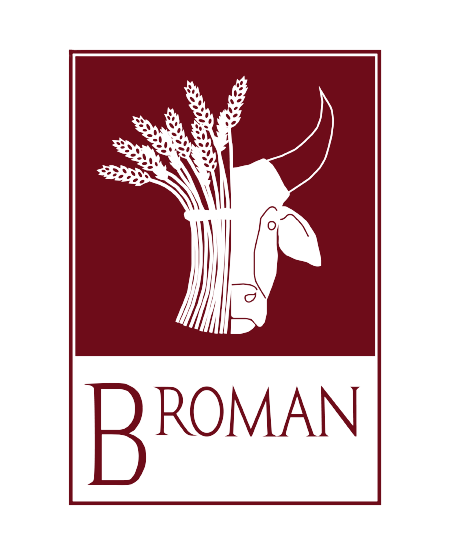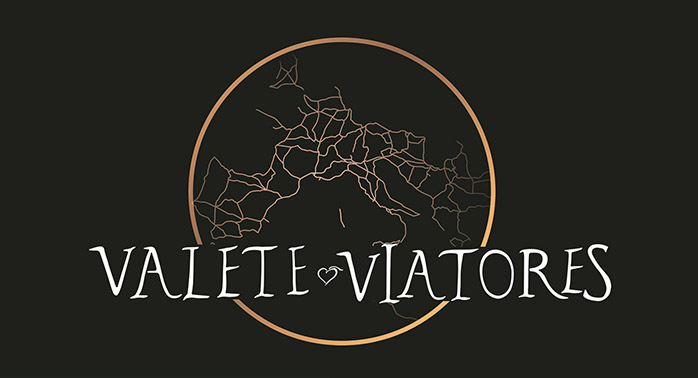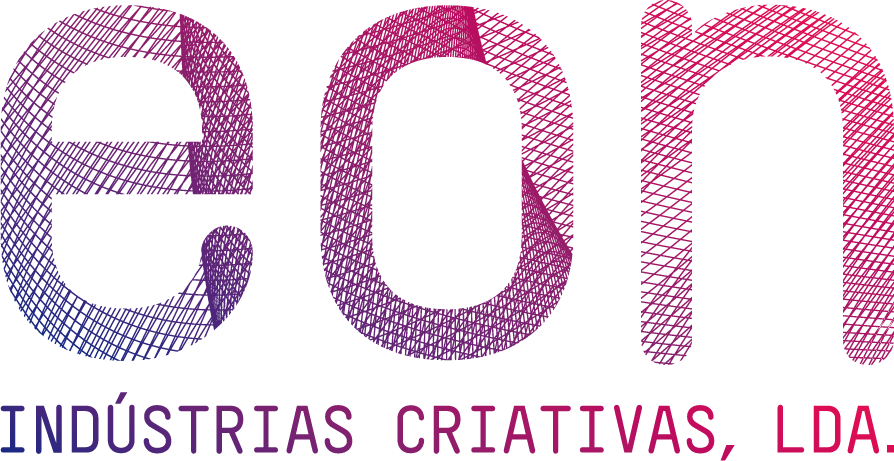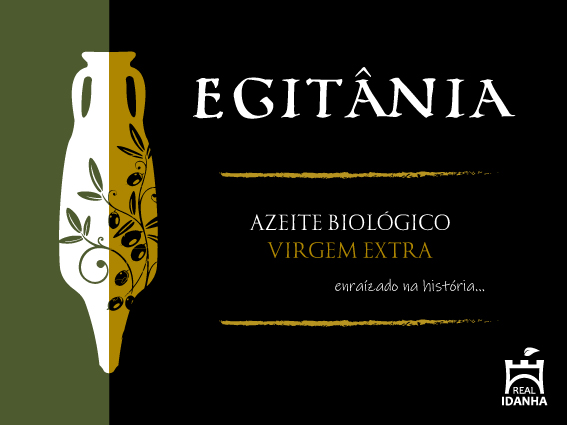About
Learn more about the Research Project
During the Roman period, Idanha-a-Velha was the capital of a vast administrative territory (the ciuitas Igaeditanorum), and also included a portion of land that today belongs to Spain. It is as yet unclear whether it was occupied in the protohistory period or whether it corresponded to a Roman city built from scratch in the late first century BC. The forum was built between the years fourth and sixth AC, coinciding with the boundaries of the territorium of civitas. From then on, the capital of the Igaeditani, strategically located on the road connecting Emerita (Mérida, Spain) and Bracara Augusta (Braga, Portugal), had a prominent place in the northern hinterland of Roman Lusitania, as demonstrated in an exceptional set of epigraphs (one of the largest of Hispania) and other important ruins, including the walls and remnants of the forum. The centrality of this location was long-lasting. Occupied by the Suebi in the first half of the 5th century, the city, since then called Egitania, was chosen as the seat of the bishopric. In 585 it was integrated in the Visigoth kingdom (several Visigoth kings minted gold as currency) and its bishops regularly participated in the Toledo councils throughout the 7th century. Some elements worthy of note from this Suebian-Visigothic period include: two baptisteries and the remnants of the first Christian temples within the city walls, which are believed to be situated under the current Sta. Maria Church, built on what was left of another church from the late 9th century or early 10th century. It features a mix of Christian and Islamic influences (it was perhaps a mosque), as it was overtaken by Muslims in the 8th century and was then renamed Laydaniya. It was reconquered by Christian kings (Afonso III of Asturias) in the 10th century and was also an important Templar centre, having been donated by D. Afonso Henriques (first king of Portugal) to the Order of the Knights Templar. In the late 12th century it was no longer the seat of bishopric and lost its importance.
Idanha-a-Velha, one of the twelve Historical Villages of Portugal, is the central focus of this research. Situated inthe hinterland close to the border with Spain, it is part of a municipality known for one of the highest rates of population ageing, decrease in population size, school dropouts and unemployment rates in the country. Nonetheless, the municipality has great tourism potential due to its heritage resources, especially Idanha, now a village but once a capital city (in Roman times), bishopric (Suebian-Visigothic period) and even Knight Templar’s centre (Middle Ages). Now home to 50 residents, the village was once possibly the most important of the current Portuguese hinterland between the Tagus / Douro rivers for almost 1,200 years, from the Roman period to the establishment of the Kingdom of Portugal. The traces of its cultural heritage show that it was an important meeting place for different people and cultures: this native land was crossed by Romans, Suebi, Visigoths, Muslims and Christians.
The village still boasts important monuments, a remnant of its historical legacy: the Roman forum, the Roman/Medieval wall, the old bridge, the Templar’s castle keep, the Church of Sta. Maria, and two Suebian-Visigoth baptisteries. Today, Idanha is listed as a National Monument.
The proposed research seeks to build upon and expand the scale of intervention of a project from a partnership between the University of Coimbra, the Nova University of Lisbon, the municipality of Idanha-a-Nova and the Regional Directorate for Culture–Central Region. It focuses on the study of the old city, its territory and populations, and is based on an innovative, interdisciplinary and diachronic methodological framework: interdisciplinary because it articulates different researchers, pursuing an integrated vision of the past; diachronic because it concerns a long period of time, from the Roman period (first century BC) to the Middle Ages (12th century). Its structure follows 3 research axes: i) the old city: composition of urban morphologies; ii) the territory: from the ancient political geography to the rural settlement and the exploitation of resources; iii) the population: from habits to a genetic perspective on its origin and mobility.
the Research Project
INTERDISCIPLINARY
the Research Project
INTERDISCIPLINARY
The city will undergo a series of planned archaeological excavations (complemented by GPR and 3DLaserScan surveys) encompassing each of the main ancient public spaces. These already ongoing interventions will seek to determine the urban developmental process and the historical context that justified it, as well as the associated social transformations. These excavations will enable us to determine both the cultural and trading contacts of the ancient city and the successive environmental scenarios in the first millennium of our era. Given the existing gaps in historical research on the Iberian Peninsula, the topics analyzed (forum, walls, Christian churches) are extremely relevant.
The study of the territory will be implemented in a systemic approach, focusing on the settlement and resource exploitation strategies. We will adopt interdisciplinary approaches that include both GIS and remote sensing, along with field work. The currently known funeral spaces will enable to study the origin of the population from a genetic perspective, including the analyses of migratory movements, such as the arrival of Germanic tribes. DNA extraction and sequencing from human remains will be performed at the Australian Centre for Ancient DNA, one of the world’s most renowned research centres on ancient DNA, an example of the project’s reach at an international research level. Archaeological materials will also be studied using analytical procedures from chemistry and other laboratory sciences. Hence, this project promotes an interdisciplinary, scientific workflow between the Human and Social Sciences, and the Natural Sciences. The Igaedis project combines theoretical perspectives, methodologies and methods developed in the field of archaeology and history with others used in geography, physics, biology and anthropology.
Another dimension of this project is the social dissemination of knowledge and heritage enhancement. It is essential to engage with the local population, especially schools, as this heritage belongs to them, and contribute to strengthening their identity and social cohesion. We also intend to produce contents to be handed out to tourists wanting to visit this Historical Village. Research outcomes should contribute to the telling of the story of Idanha and its vast territory in an up-to-date and accessible fashion, by integrating it in networks that will combine it with that of other places, territories, and communities.
A ALDEIA HISTÓRICA
CIDADE ANTIGA
During the Roman period, Idanha-a-Velha was the capital of a vast administrative territory (the ciuitas Igaeditanorum), and also included a portion of land that today belongs to Spain. It is as yet unclear whether it was occupied in the protohistory period or whether it corresponded to a Roman city built from scratch in the late first century BC. The forum was built between the years fourth and sixth AC, coinciding with the boundaries of the territorium of civitas. From then on, the capital of the Igaeditani, strategically located on the road connecting Emerita (Mérida, Spain) and Bracara Augusta (Braga, Portugal), had a prominent place in the northern hinterland of Roman Lusitania, as demonstrated in an exceptional set of epigraphs (one of the largest of Hispania) and other important ruins, including the walls and remnants of the forum. The centrality of this location was long-lasting. Occupied by the Suebi in the first half of the 5th century, the city, since then called Egitania, was chosen as the seat of the bishopric. In 585 it was integrated in the Visigoth kingdom (several Visigoth kings minted gold as currency) and its bishops regularly participated in the Toledo councils throughout the 7th century. Some elements worthy of note from this Suebian-Visigothic period include: two baptisteries and the remnants of the first Christian temples within the city walls, which are believed to be situated under the current Sta. Maria Church, built on what was left of another church from the late 9th century or early 10th century. It features a mix of Christian and Islamic influences (it was perhaps a mosque), as it was overtaken by Muslims in the 8th century and was then renamed Laydaniya. It was reconquered by Christian kings (Afonso III of Asturias) in the 10th century and was also an important Templar centre, having been donated by D. Afonso Henriques (first king of Portugal) to the Order of the Knights Templar. In the late 12th century it was no longer the seat of bishopric and lost its importance.
O PROJETO DE INVESTIGAÇÃO
INTERDISCIPLINAR
Idanha-a-Velha, one of the twelve Historical Villages of Portugal, is the central focus of this research. Situated inthe hinterland close to the border with Spain, it is part of a municipality known for one of the highest rates of population ageing, decrease in population size, school dropouts and unemployment rates in the country. Nonetheless, the municipality has great tourism potential due to its heritage resources, especially Idanha, now a village but once a capital city (in Roman times), bishopric (Suebian-Visigothic period) and even Knight Templar’s centre (Middle Ages). Now home to 50 residents, the village was once possibly the most important of the current Portuguese hinterland between the Tagus / Douro rivers for almost 1,200 years, from the Roman period to the establishment of the Kingdom of Portugal. The traces of its cultural heritage show that it was an important meeting place for different people and cultures: this native land was crossed by Romans, Suebi, Visigoths, Muslims and Christians.
The village still boasts important monuments, a remnant of its historical legacy: the Roman forum, the Roman/Medieval wall, the old bridge, the Templar’s castle keep, the Church of Sta. Maria, and two Suebian-Visigoth baptisteries. Today, Idanha is listed as a National Monument.
The proposed research seeks to build upon and expand the scale of intervention of a project from a partnership between the University of Coimbra, the Nova University of Lisbon, the municipality of Idanha-a-Nova and the Regional Directorate for Culture–Central Region. It focuses on the study of the old city, its territory and populations, and is based on an innovative, interdisciplinary and diachronic methodological framework: interdisciplinary because it articulates different researchers, pursuing an integrated vision of the past; diachronic because it concerns a long period of time, from the Roman period (first century BC) to the Middle Ages (12th century). Its structure follows 3 research axes: i) the old city: composition of urban morphologies; ii) the territory: from the ancient political geography to the rural settlement and the exploitation of resources; iii) the population: from habits to a genetic perspective on its origin and mobility.
O PROJETO DE INVESTIGAÇAO
INTERDISCIPLINAR
The city will undergo a series of planned archaeological excavations (complemented by GPR and 3DLaserScan surveys) encompassing each of the main ancient public spaces. These already ongoing interventions will seek to determine the urban developmental process and the historical context that justified it, as well as the associated social transformations. These excavations will enable us to determine both the cultural and trading contacts of the ancient city and the successive environmental scenarios in the first millennium of our era. Given the existing gaps in historical research on the Iberian Peninsula, the topics analyzed (forum, walls, Christian churches) are extremely relevant.
The study of the territory will be implemented in a systemic approach, focusing on the settlement and resource exploitation strategies. We will adopt interdisciplinary approaches that include both GIS and remote sensing, along with field work. The currently known funeral spaces will enable to study the origin of the population from a genetic perspective, including the analyses of migratory movements, such as the arrival of Germanic tribes. DNA extraction and sequencing from human remains will be performed at the Australian Centre for Ancient DNA, one of the world’s most renowned research centres on ancient DNA, an example of the project’s reach at an international research level. Archaeological materials will also be studied using analytical procedures from chemistry and other laboratory sciences. Hence, this project promotes an interdisciplinary, scientific workflow between the Human and Social Sciences, and the Natural Sciences. The Igaedis project combines theoretical perspectives, methodologies and methods developed in the field of archaeology and history with others used in geography, physics, biology and anthropology.
Another dimension of this project is the social dissemination of knowledge and heritage enhancement. It is essential to engage with the local population, especially schools, as this heritage belongs to them, and contribute to strengthening their identity and social cohesion. We also intend to produce contents to be handed out to tourists wanting to visit this Historical Village. Research outcomes should contribute to the telling of the story of Idanha and its vast territory in an up-to-date and accessible fashion, by integrating it in networks that will combine it with that of other places, territories, and communities.








